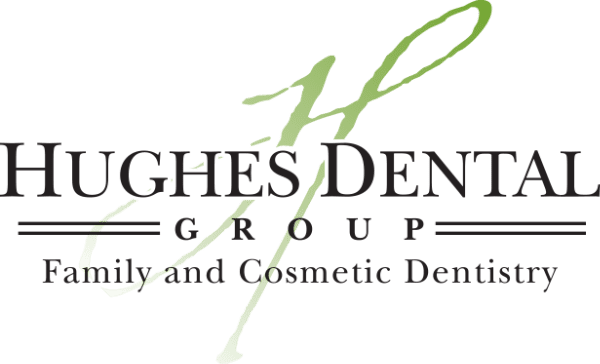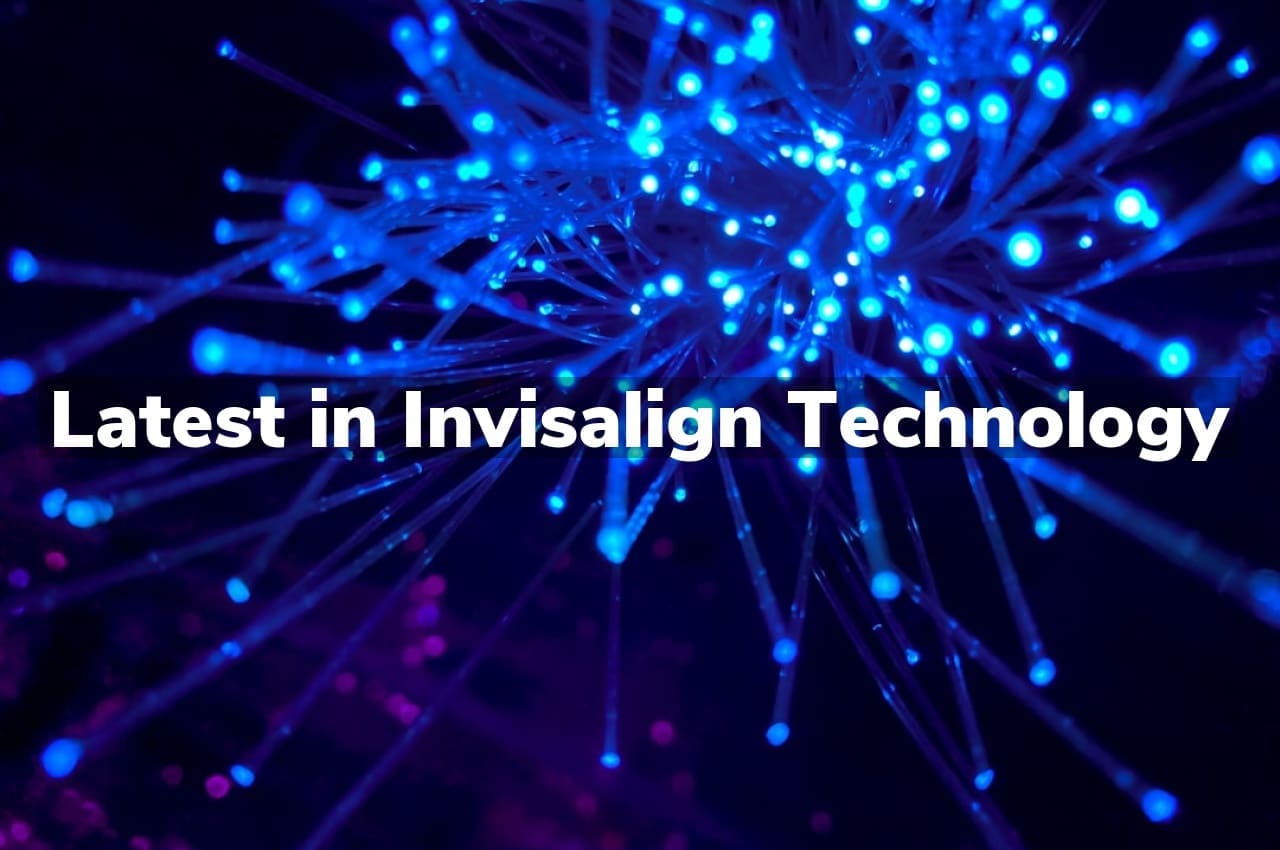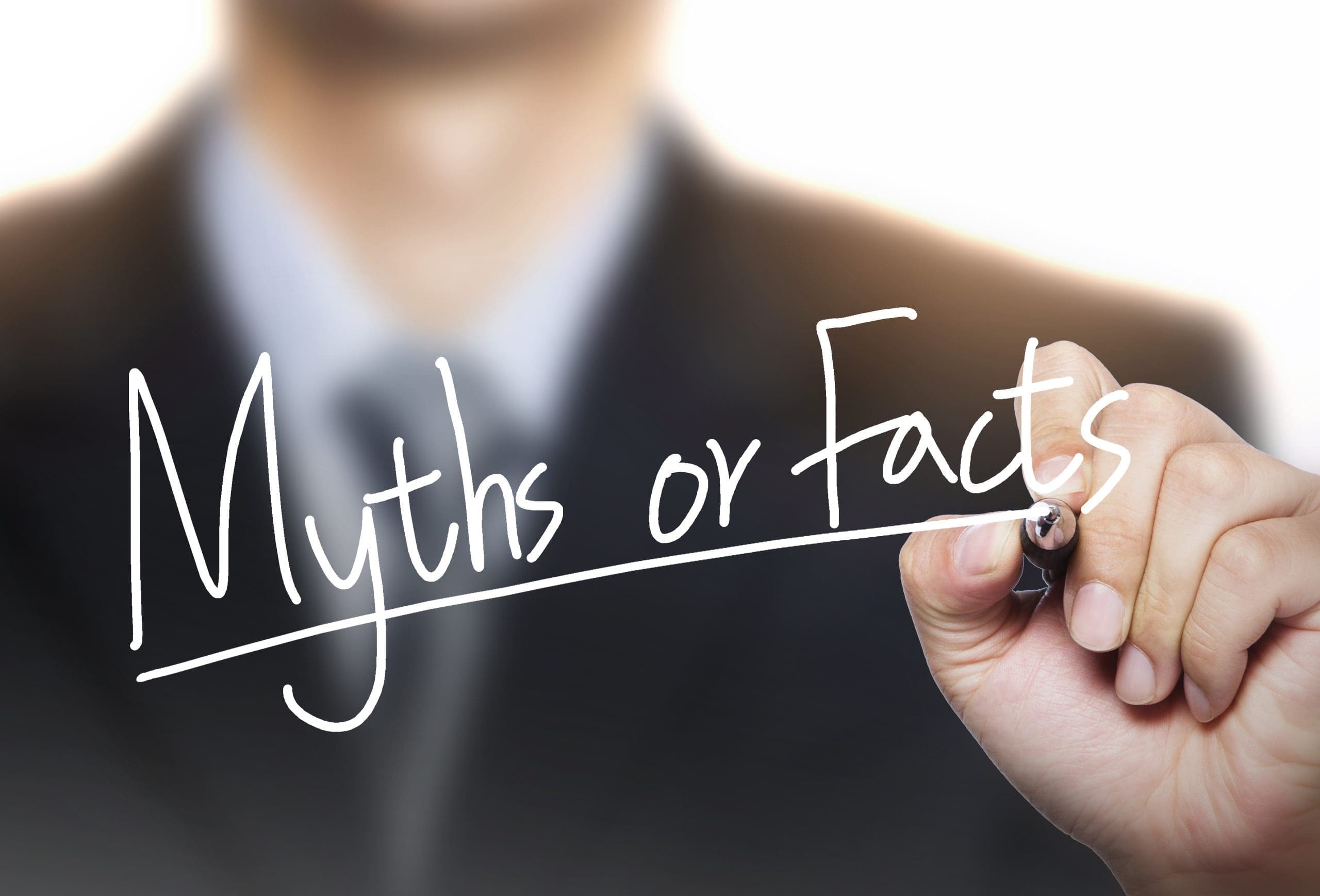Curious about the latest advancements in Invisalign technology? The newest innovations in Invisalign technology offer improved comfort and efficiency for patients seeking a discreet way to straighten their teeth.
Benefits of Invisalign treatment
Invisalign technology has revolutionized the way people straighten their teeth. One of the main benefits of Invisalign treatment is that the aligners are virtually invisible, making them a popular choice for those who want a more discreet option for straightening their teeth. Additionally, Invisalign aligners are removable, allowing for easier cleaning and maintenance compared to traditional braces.
Another benefit of Invisalign technology is the comfort it provides. The aligners are custom-made to fit each individual’s teeth, reducing the discomfort often associated with traditional braces. This makes it easier for patients to continue their daily activities without the pain and irritation that can come with metal braces.
To learn more about Invisalign attachments, visit Understanding Invisalign Attachments.
Evolution of clear aligner technology
Clear aligner technology has come a long way since its inception, with continuous advancements being made to improve the effectiveness and efficiency of treatment. Invisalign technology, in particular, has evolved to provide patients with a more comfortable and discreet way to straighten their teeth. With the use of 3D imaging technology and computer-aided design, Invisalign aligners are custom-made to fit each patient’s unique dental structure, allowing for more precise and targeted tooth movement.
The latest innovations in Invisalign technology have made it possible for patients to achieve their desired results in a shorter amount of time, with fewer office visits required. This has made Invisalign a popular choice for those looking to straighten their teeth without the hassle of traditional braces. Straighten your teeth discreetly with Invisalign Leo.
Impact on the traditional braces market
The latest advancements in Invisalign technology have had a significant impact on the traditional braces market. With more and more people opting for the convenience and comfort of Invisalign aligners, traditional braces are facing stiff competition. Invisalign technology offers a more discreet and comfortable alternative to traditional braces, making it a popular choice among those seeking orthodontic treatment.
Advances in orthodontic technology
In recent years, there have been significant advancements in orthodontic technology, particularly in the field of Invisalign technology. These advancements have made it easier for individuals to straighten their teeth discreetly and comfortably, without the need for traditional metal braces. Hughes Dental Group Family and Cosmetic Dentistry is at the forefront of utilizing these cutting-edge technologies to provide the best possible care for their patients.
Growing popularity among adults
Invisalign technology has seen a surge in popularity among adults in recent years. With its discreet and convenient aligners, more and more adults are turning to Invisalign to straighten their teeth without the hassle of traditional braces. The advanced technology behind Invisalign offers a more comfortable and aesthetically pleasing option for adults looking to improve their smile.
Use of 3D imaging technology
Invisalign technology has advanced significantly with the use of 3D imaging technology. This cutting-edge technology allows orthodontists to create precise treatment plans tailored to each individual’s unique dental structure. By using detailed 3D images of the teeth and jaw, Invisalign providers can accurately map out the movement of teeth throughout the treatment process, resulting in more efficient and effective results for patients.
Customization for individual patients
Invisalign technology has advanced to the point where each treatment plan can be customized to fit the specific needs and goals of individual patients. This level of customization allows for a more precise and effective treatment, resulting in faster and more comfortable results. With the latest advancements in Invisalign technology, patients can now achieve their desired smile with minimal discomfort and inconvenience.
Collaboration with dental professionals
At the forefront of the latest advancements in Invisalign technology is the collaboration between Invisalign and dental professionals. By working closely with experienced dentists and orthodontists, Invisalign is able to continuously improve its technology and provide patients with the most effective and efficient treatment options. This collaboration ensures that Invisalign remains at the cutting edge of orthodontic innovation, delivering superior results for patients seeking a straighter smile.
Research on long-term effectiveness
Invisalign technology has been continuously evolving to provide patients with the most effective and efficient treatment options. Recent studies have shown that Invisalign aligners are not only effective in straightening teeth in the short term but also in maintaining long-term results. This research highlights the durability and reliability of Invisalign technology, making it a popular choice for individuals seeking a discreet and convenient orthodontic solution.
Conclusion
For the latest in Invisalign technology, contact us at 260-627-5345 for more information. Check out our reviews on Google Maps here.







